Røros, with almost 4000 inhabitants, was basically uninhabited highland until the copper mine was founded in 1644. The town is therefore called Bergstaden (The Mountain City), or just Sta’a (City) in the local dialect.
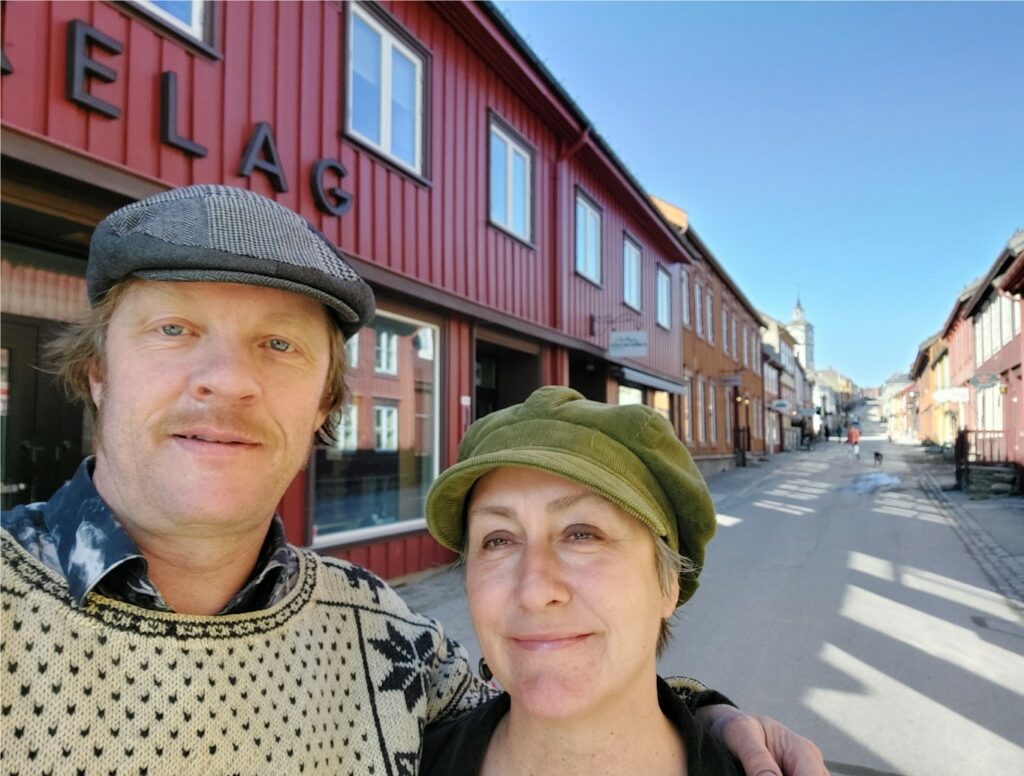
In the 17th century, the Danish king Christian IV was broke, and he sold away his crown estates. The largest sale went to Joachim Irgens and consisted of all crown estates in Helgeland, Salten, Lofoten, Vesterålen, Andenes, Senja, Troms and most of the Norwegian mining business. The value was equivalent to a barrel of gold (100,000 riksdaler). In 1646, Joachim Irgens traveled to Trondheim, and there he was referred to as a ‘man who found great taste in mines‘.
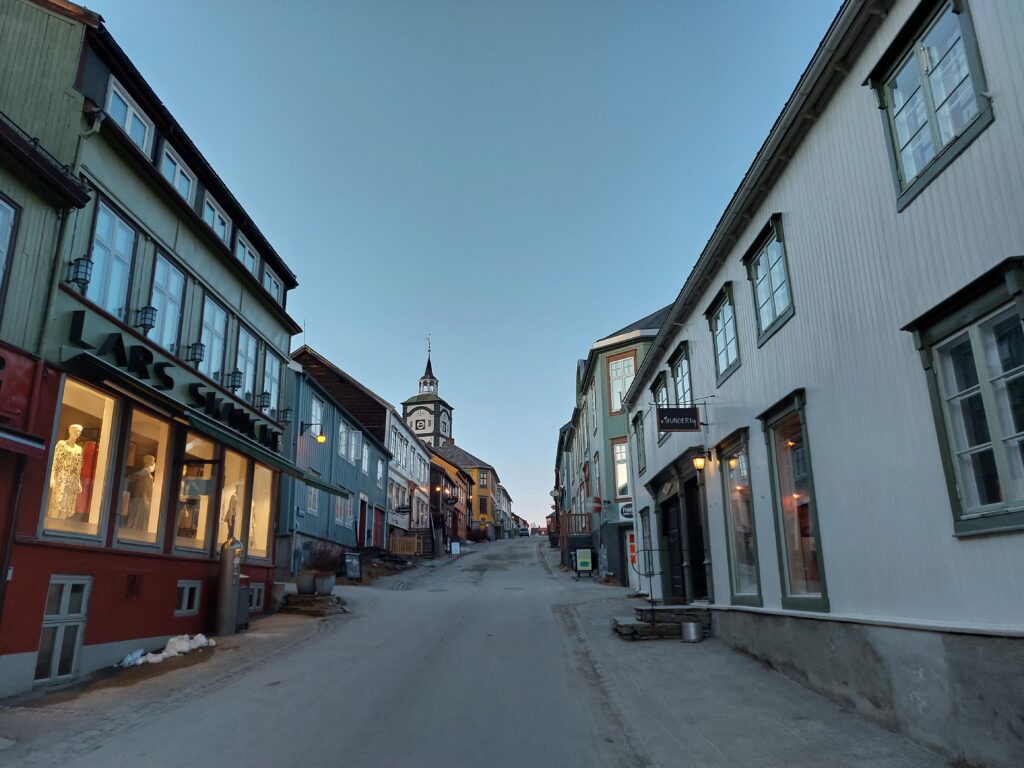
In the hope of solving the money problem once and for all – with fixed income – King Christian IV sent out a scriptum in 1644. The letter promised rewards to those who could find any metal ore, but also harsh punishments to those who did not report their findings. From 1630, there was a mining business at Kvikne. People from Kvikne later started up in Røros, under the direction of the farmer and reindeer hunter Hans Olsen Aasen. In the beginning, when the mine was run in ‘Rauhåmmåren’ mountain, it did not pay off. But the income increased a lot with the discovery of what is today called Gamle Storwartz / Auf die Fortuna mine. The copper mines at Røros were considered among the richest in Europe at the time.
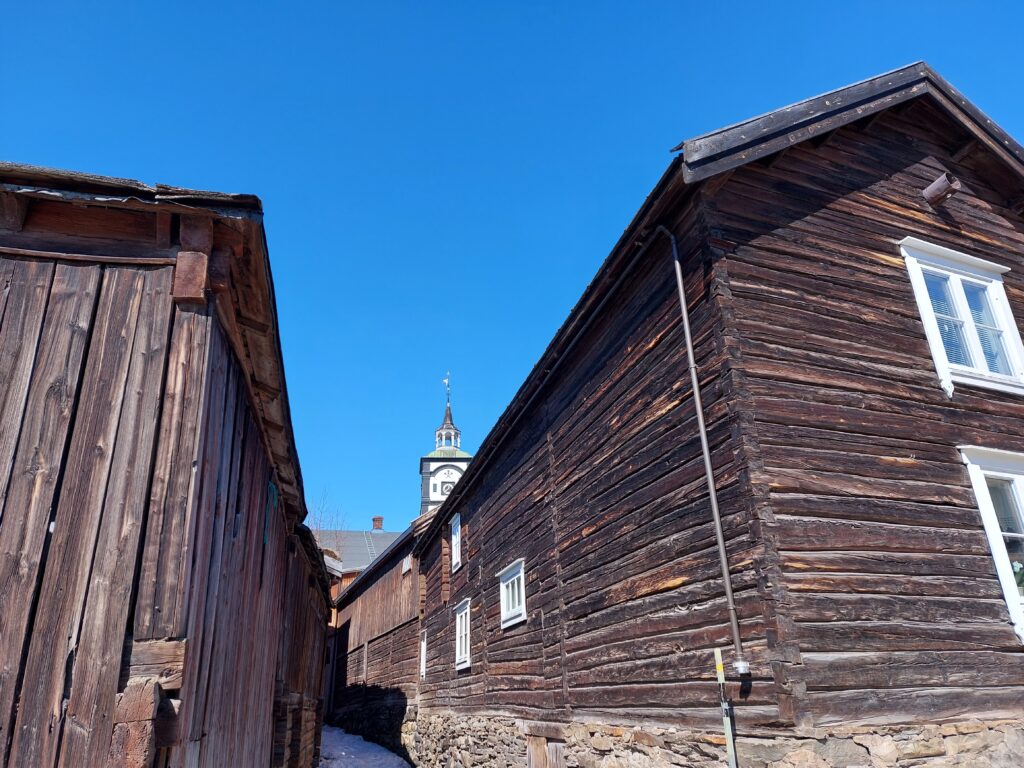
King Christian IV wrote a letter of privilege in 1646, which gave Røros copper mines (i.e. Joachim Irgens) exclusive rights to minerals, forests and waterfalls within a circle in a radius of 45.2 km from the center Old Storwartz. Inside the circle, all farmers could be ordered to sell their products and perform transport tasks for the copper plant. But this also meant revenue for the locals.
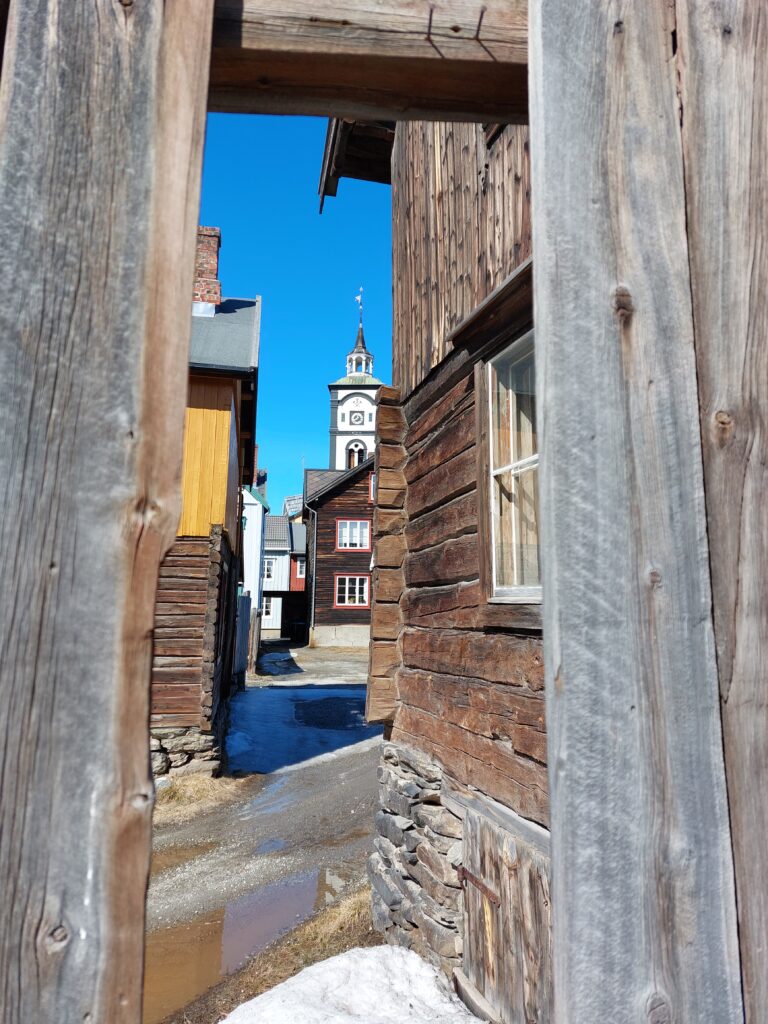
The first smeltery was built in 1646 by Hitterelva river, less than a mile from ‘Gamle Storwartz’, and the city (Bergstaden) startet to grow there. Irgens wanted to name Røros after himself and renamed the city ‘Irgenstal’, but it did not work out. Sta’a was named Røraas, which at the end of the 19th century was changed to Røros (possibly meaning the outlet of the river Røra). The city is listed as a UNESCO World Heritage. Røros is southern Norway’s champion in coldness, with a low temperature record of -50.4°C from 1914. There is quite a need of firewood in the winter!
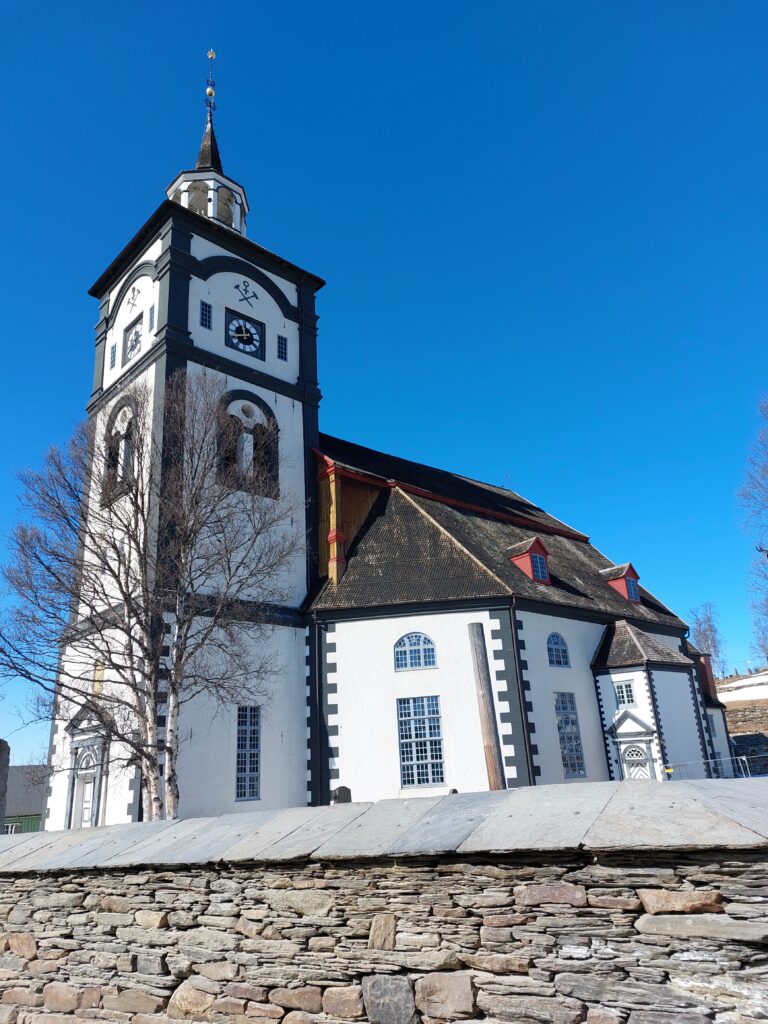
Røros church from 1780 is also called Bergstadens Ziir (beauty). With 1800 seats, it is one of Norway’s largest churches. The size implies that it should provide service to one of the richest copper mines in Europe.
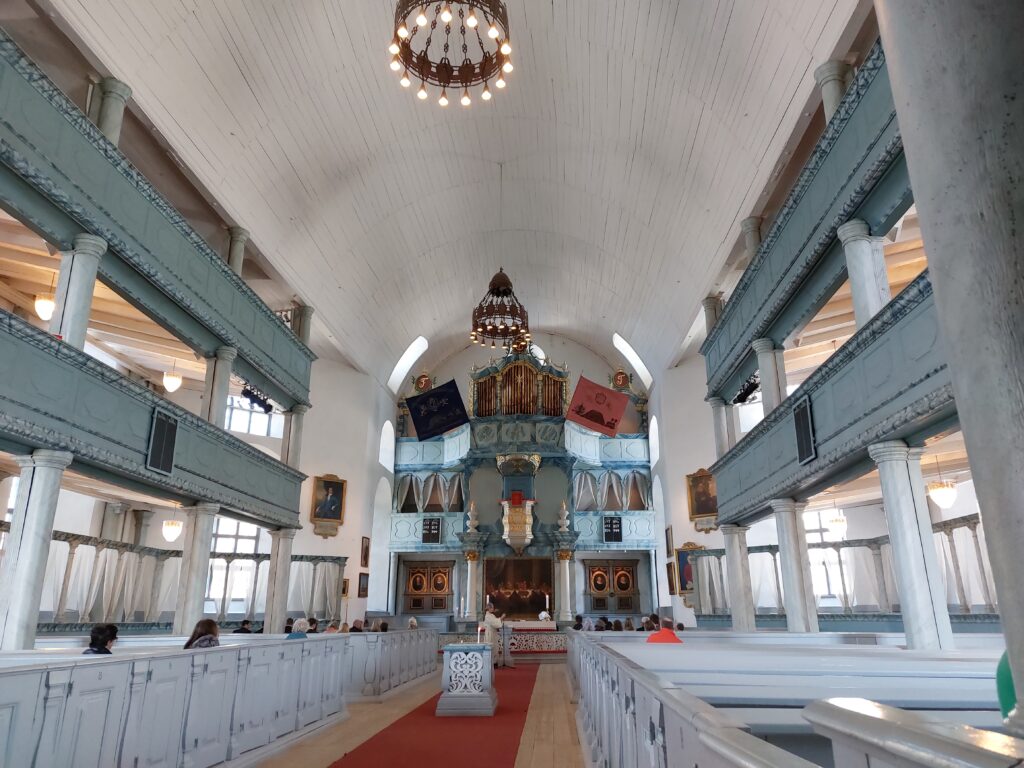
When searching for bathing facilities in the Røros municipality, we learned that Gjettjønna (the Goat lake) could be a relevant place. Very close to the city center, too – this was promising!
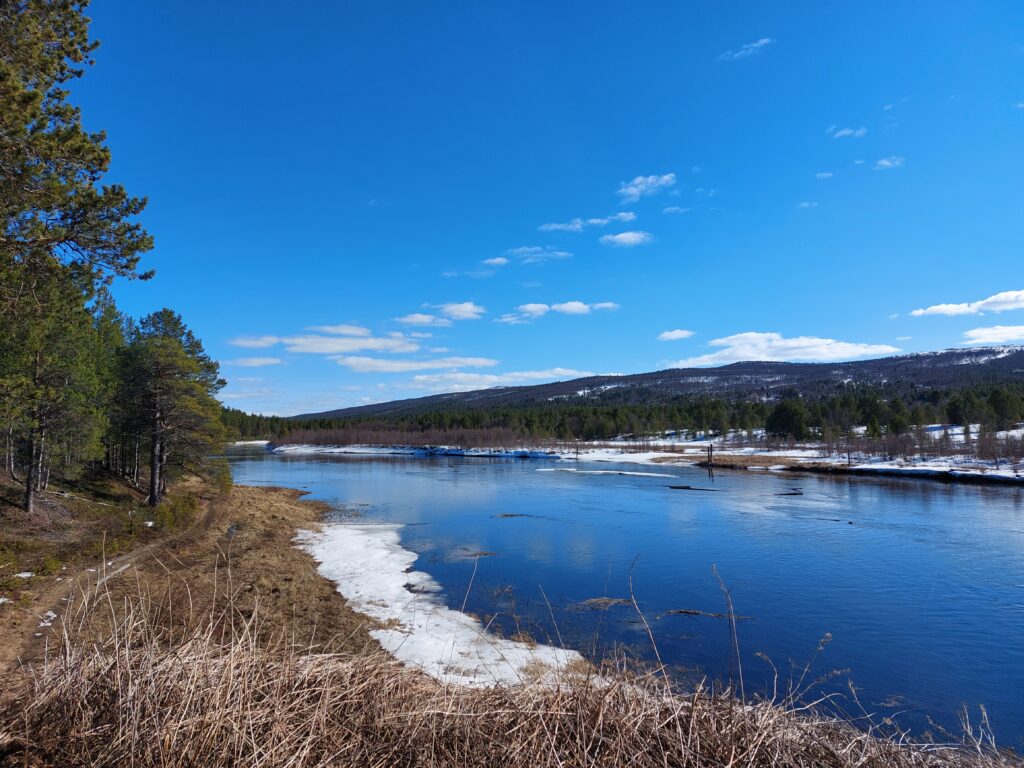
In the implementation phase, doubts began to arise. Was this the right pond? Including all this industry at the south end?
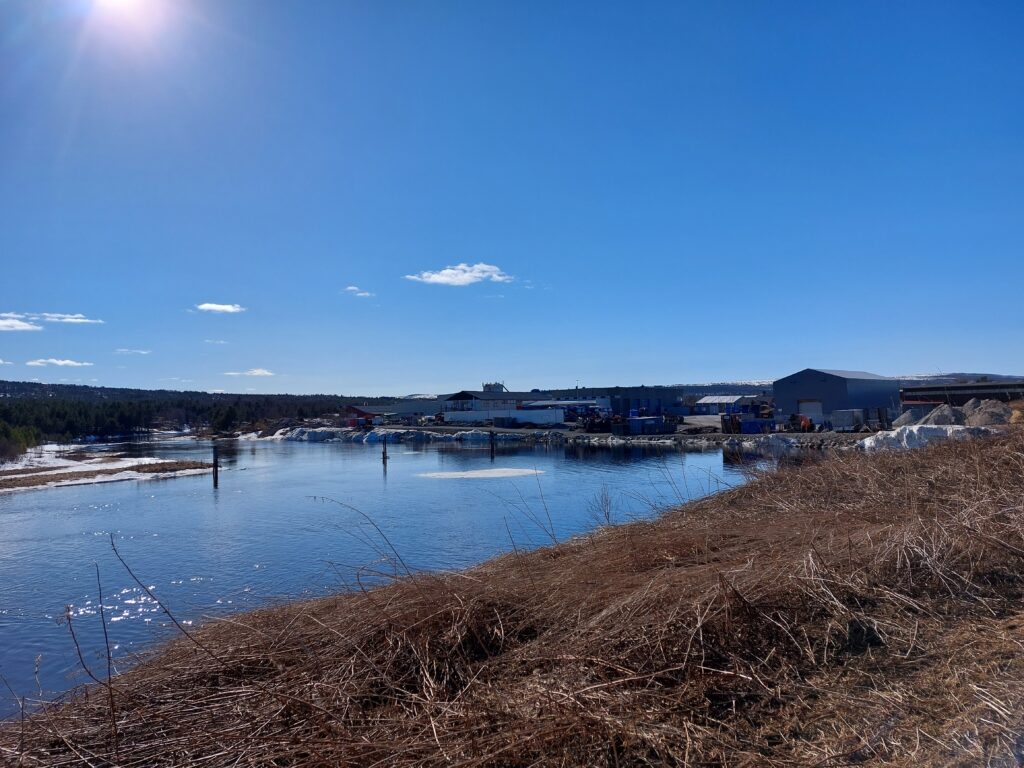
But swim – of course!
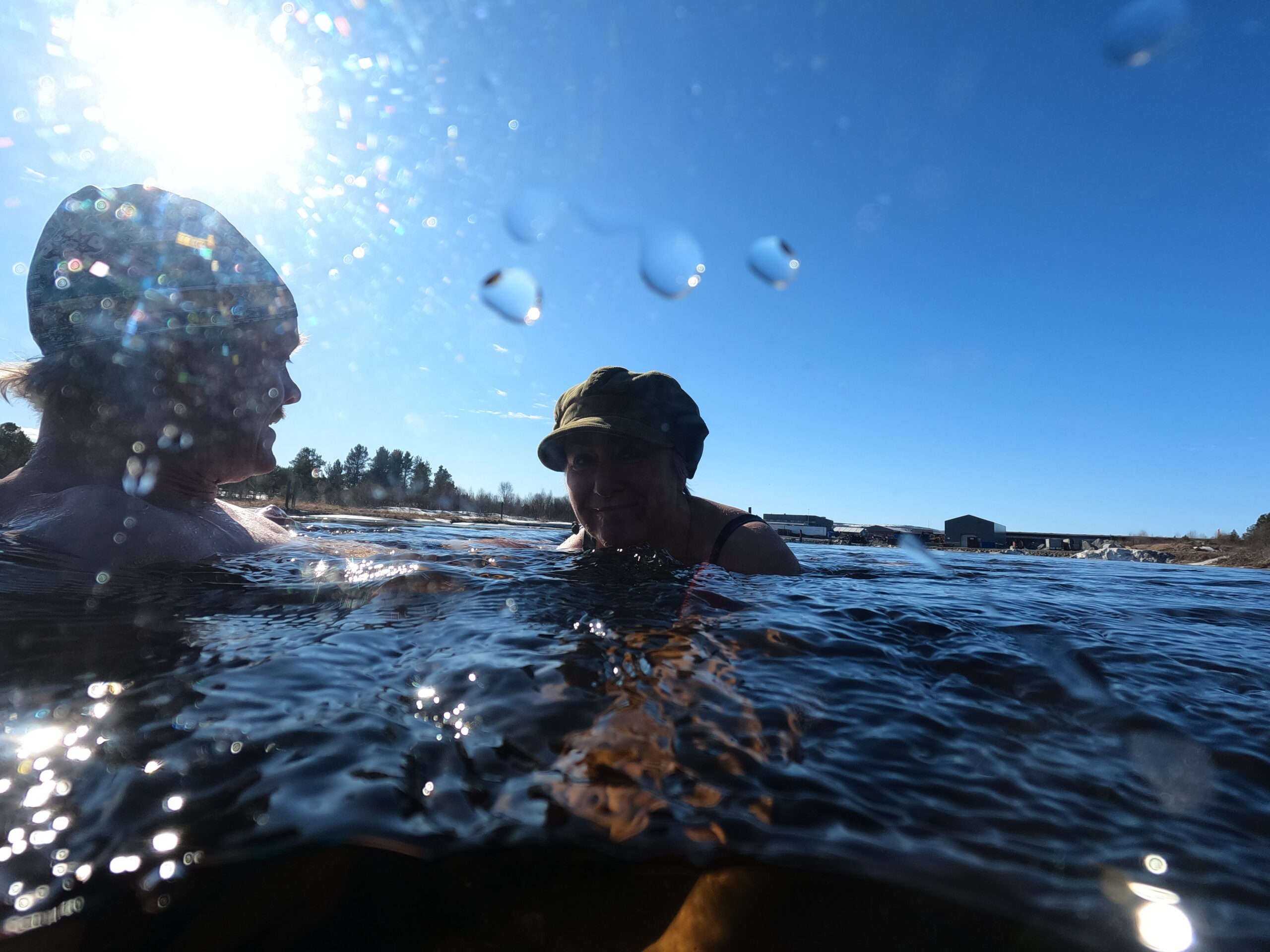
… which made us even more in doubt. Did they actually float timber in this pond? … And was this actually timber? It seemed to be from a log house. In a pond?
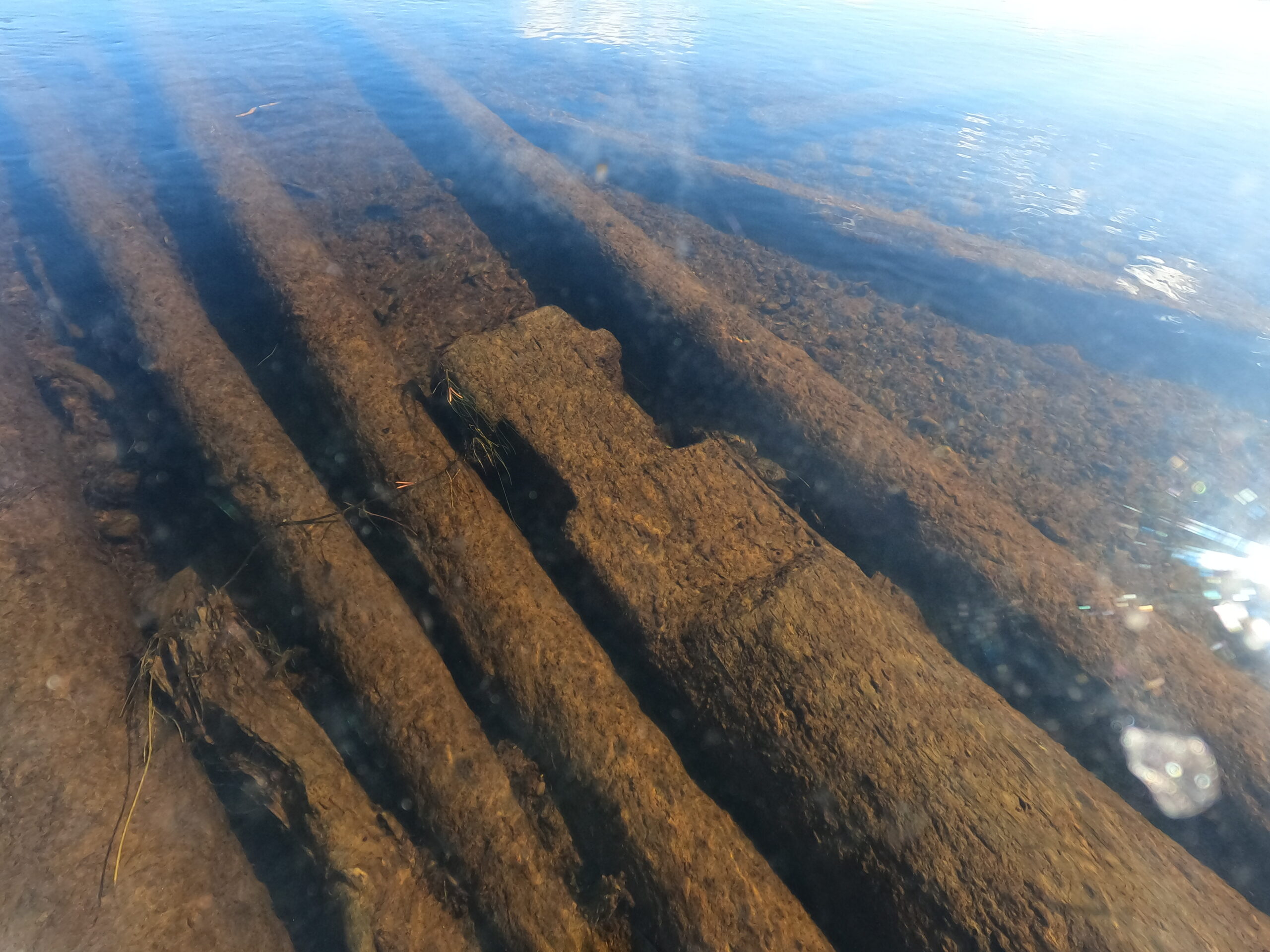
Subsequent investigations suggest that we might have made several of the following errors:
- Relying on Google Maps (which consistently refers to Hitterelva as Glomma (the longest river in Norway, which Hitterelva runs into))
- We noticed currents in the lake, which indicates that it was a river (Håelva) and not a lake
- There is a lake called Gjettjønna further away, by Glåmos. Maybe that’s where the great bathing spot is?
- Check at which end of the lake the bathing area actually is
The latter applies to Gjettjønna on the other side of the road of the river Håelva. It seems to be shallow and not very idyllic in the northernmost end, but there might be a paradise on the other end, who knows? We did not investigate the southern end..
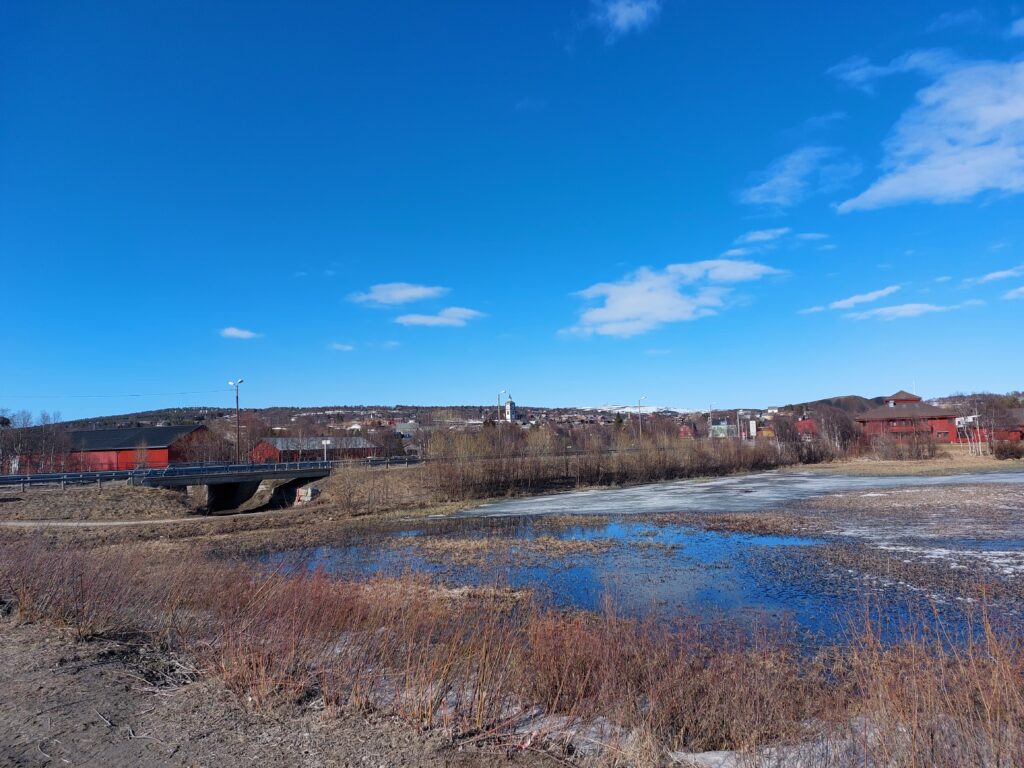
It’s not really necessary or right to have a bath in Håelva. But after the bath a, dinner in Kjerkgata followed by a rock concert in ‘Storstuggu’ (= the great hall). We got to experience ‘Spidergawd’ – Oh, what happiness!